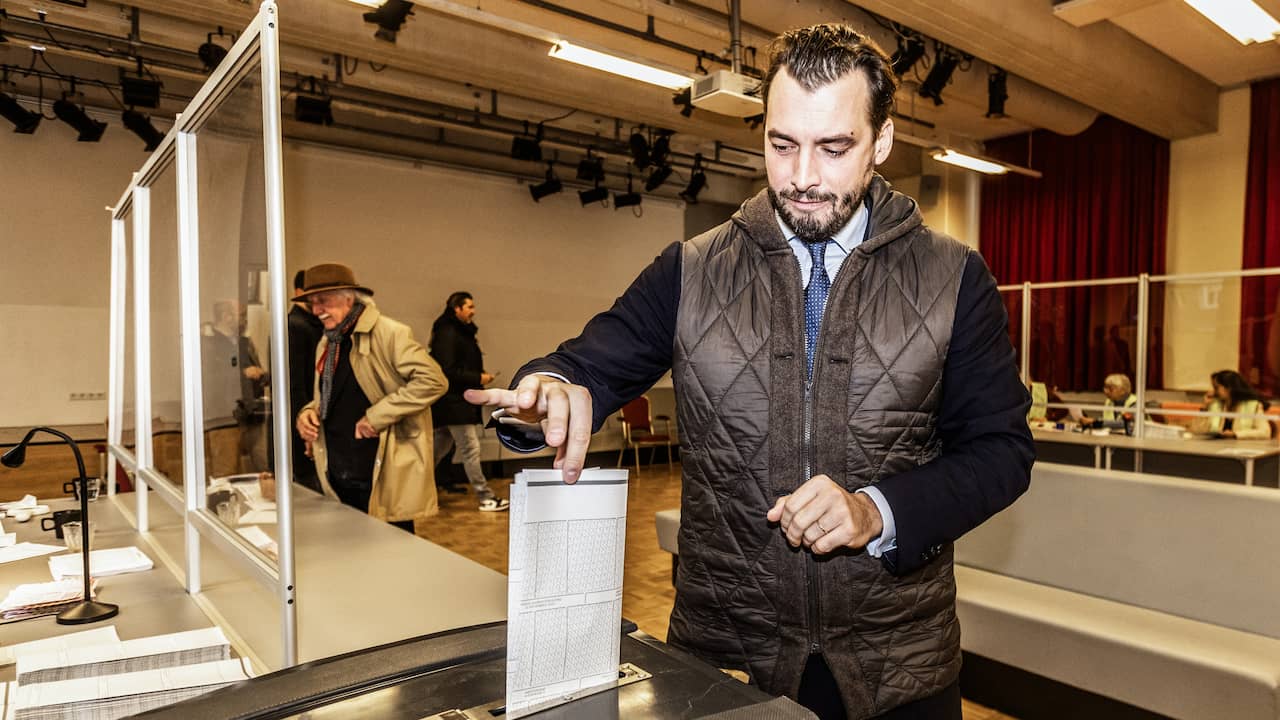by Nancy Humphrey
The results of an eight-year study comparing two surgical methods for repairing childhood intermittent exotropia (a common form of strabismus or eye misalignment, in which one or both eyes sometimes turn outward) were unable to detect a significant difference in the two methods.
The multicenter study, “Eight-Year Outcomes of Bilateral Lateral Rectus Recessions versus Unilateral Recession-Resection in Childhood Basic-Type Intermittent Exotropia,” was published in Ophthalmology, the journal of the American Academy of Ophthalmology. Sean Donahue, MD, PhD, Sam and Darthea Coleman Professor of Pediatric Ophthalmology at Vanderbilt University Medical Center and chief of the Pediatric Ophthalmology Service, is principal investigator of the study conducted by the Pediatric Eye Disease Investigator Group.
Exotropia is the most common form of strabismus seen in the Tennessee Lions Pediatric Eye Center at the Vanderbilt Eye Institute. It occurs in about 2% of the population and can affect both children and adults.
“When you don’t have good eye alignment, you don’t have binocular vision (vision using two eyes with overlapping fields of view) and depth perception,” Donahue said. “And you don’t always develop good vision. For those reasons you want to treat people with eye misalignment.”
The original three-year study compared the two methods (operating on one muscle in each eye or two in the non-dominant eye) in a group of patients from several centers. The study was unable to detect a significant difference; however, the patients who had two muscles operated on in one eye trended slightly better than those who had one muscle in each.
“Those results tend to support what a lot of people feel, that two muscles in one eye is a better procedure than one in each,” Donahue said.
The study recruited 197 patients across the country — about a dozen at Vanderbilt University Medical Center — and they were randomized into one muscle on each eye or two on the non-dominant eye.
“We followed them for three years, and when we finished the study about 10 years ago, we pushed really hard to get another five years of funding. Since the three-year trial didn’t demonstrate any significant difference, we wanted to make sure that the effect, or lack of difference, lasted for a while.”
In the follow-up study, 123 of the 197 from the original three-year study agreed to be followed for an additional five years.
The two surgical procedures studied work like this: In one, eye surgeons operate on the outside, pulling muscle of each eye and loosening them to bring the eyes in. In the other, in the nondominant eye, they loosened the outside muscle and tighten the inside muscle. Up until now, it was unclear if one procedure was better.
Because there hasn’t been evidence about which procedure is better, deciding which procedure to use — one muscle on each eye vs. two in the nondominant eye — has been the surgeon’s preference, depending on which way they were trained, Donahue said, adding that this study has changed his clinical management of exotropia.
“The results of this study, plus data resulting from this study that demonstrate when you operate on these children earlier, they tend to have a little better result and lower reoperation rate and better long- term success ― those pieces of data combined have changed my management,” he said. “For the majority of patients who have a large amount of misalignment, I will do two muscles on one eye instead of one on each.”
Donahue said this is the first randomized controlled surgical trial in pediatric ophthalmology that’s been conducted in this millennium. “To have a randomized trial of a surgical process in pediatric ophthalmology is rare because it’s hard to convince parents of a child to let them be randomized into a couple of different types of treatment, especially when it involves eye surgery. When you’re asking parents to let a computer determine whether we operate on one eye or both, that’s a hard sell,” he said.
Although there’s no funding to study this group of patients further, more study is needed to determine if operating earlier on children produces better results, Donahue said. He’d also like to see a study where investigators compare the surgical doses on the one-eye surgery to see if a larger magnitude of surgery on one muscle produces better outcomes.
“Maybe we haven’t done enough surgery on the eye,” Donahue said. “One muscle surgery in each eye is so much more tolerated. Patients and parents are happier. The eye isn’t as red. They can go back to school faster. If we can demonstrate that we just didn’t have a large enough magnitude of surgery in that group, it brings the pendulum back again.”
#National #study #surgical #interventions #exotropia #shows #detectable #difference


